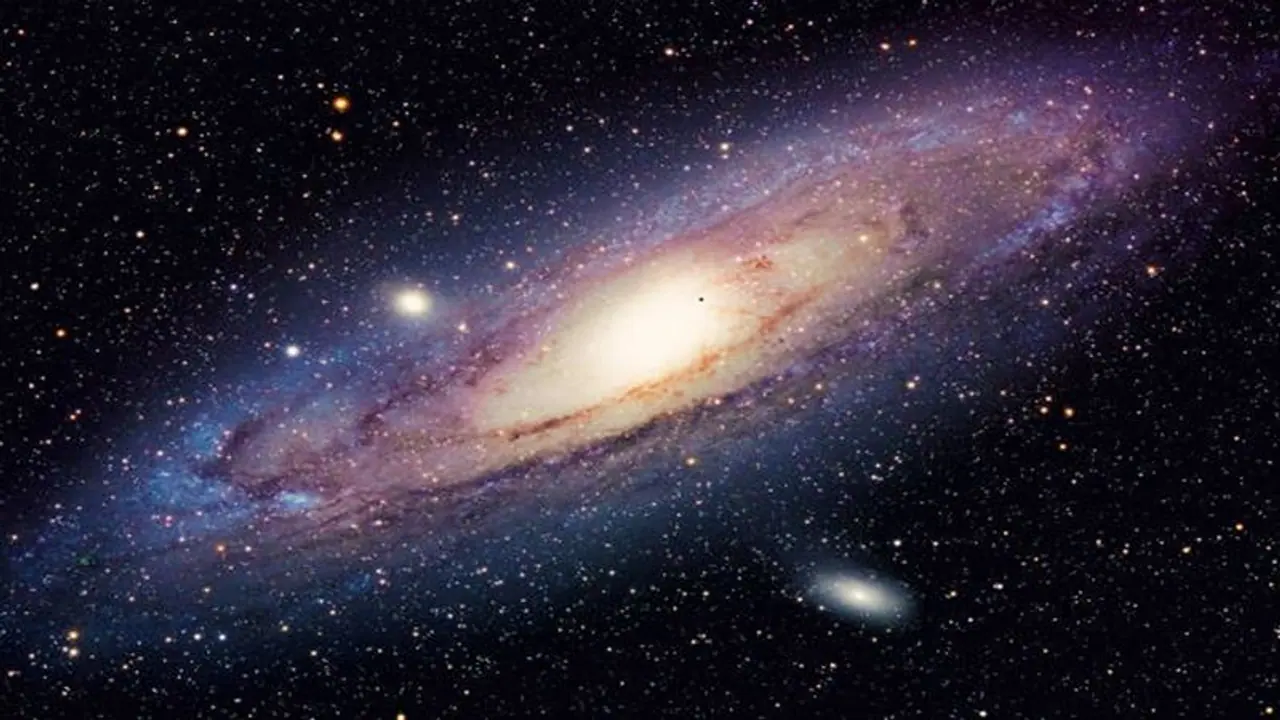According to the scientists, stars that originated 12–13 billion years ago and have comparable chemical makeup make up Shiva and Shakti. The discovery, which astronomers named "Shakti" and "Shiva," is comparable to "discovering remnants of a small prehistoric settlement that expanded into a sizable modern metropolis."
A recent study has determined that the earliest "building blocks" of our Milky Way galaxy date back 12–13 billion years, which is extremely close to the time when the universe's first galaxies began to form.
The formations were discovered by utilizing data from the European Space Agency's Gaia space telescope. The scientists speculate that these objects could be remnants of two different galaxies that amalgamated approximately 12 billion years ago with the primordial components of the Milky Way during the galaxy's early stages.
The stars that make up Shiva and Shakti have comparable chemical compositions and formed 12–13 billion years ago, according to the researchers. The mass of each building is around 10 million times bigger than that of the sun.
According to Hinduism, the universe was created by the union of Shiva and Shakti. The emergence of the Shakti and Shiva structures has contributed to our understanding of the erratic early stages of the Milky Way.
What is the Milky Way?
The Milky Way is a massive spiral galaxy with a disk that is roughly 100,000 light years in diameter and is home to hundreds of billions of stars.
The distance that light travels in a year is 5.9 trillion miles (9.5 trillion kilometers), or one light year. Our solar system is located on one of the long spiraling arms of stars, gas, and dust that reach the galactic center.
The galaxy was created some 13.8 billion years ago with the Great Bang event. It is thought that the early Milky Way had an asymmetrical shape, with long filaments of gas, dust, and stars coming together and interlacing.
At this point, Shiva and Shakti are located around 30,000 light years from the galactic center. The stars of Shiva are slightly nearer this center than the stars of Shakti.
